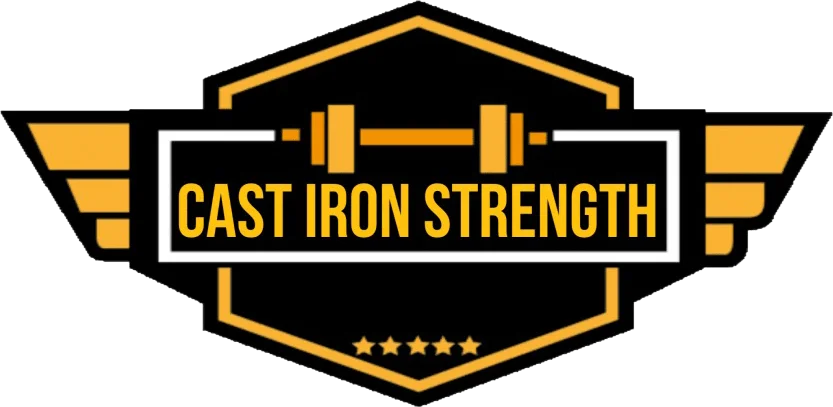TL;DR
- Eccentric strength is important for change of direction
- Squat and hip abduction are the best prevention for knee valgus when landing
- Low rest between angonist/antagonist supersets makes gains.
- Total body training crammed together isn’t much worse than just lowerbody training.
- Rotating your leg changes the quadrciep involvment in leg extension.
- Getting stronger makes you faster if you are weak
What strength characteristics relate to change of direction performance?
- 12 Elite female basketballers tested – maximal back squat, isometric mid thigh pull, eccentric only and concentric only squat max and countermovement jump.
- Athletes also performed the 505 and T-Test agility tests.
- All strength factors where significantly correlated with change of direction ability.
- Eccentric strength was the best predictor or “sole-determining” factor.
- Agility was not significantly related to strength or power variables.
TL;DR – if you want to be good at changing direction strength and more importantly eccentric strength are the key training factors.
Relationship between measures of strength and knee valgus in women athletes.
- 26 women took part in the study they initially had single and double leg landing assessed using Motion monitor.
- They where later tested for isometric hip extension, external rotation and abduction, eccentric and isometric knee strength and free weight Back squat and single leg squat.
- Strongest negative correlation against knee valgus was squat strength (-.83 then hip abduction -.65).
- Isometric and eccentric measures showed little significance and Hip and knee flexion don’t seem to show any relationship.
TL;DR – if your a female athlete and want to reduce your risk of non contact knee injury squat more and get on the good girl machine.
Effects of rest intervals on agonist/antagonist paired set repetition ability and muscle activation.
- 15 recreationally trained males took part in a variety of protocols involving leg extension and leg curl machine performing reps to failure with their previously determined 10RM.
- They performed either All sets of leg extension then after 3 minutes of rest all sets of leg extension. Then a super set of either 0 rest, 30 sec rest, 1 min rest, 2 min rest, 3 min rest or 5 min rest.
- The conditions that resulted in 0-30 sec rest had a significantly higher number of reps performed (+2-3 reps) and higher muscle activation.
TL;DR – If you’re doing supersets get on the other exercise quickly! If you’re performing a push and pull put the one you want to do better at second.
Range of motion and leg rotation affects EMG activity significantly.
- 24 participants performed a set of leg extension with their 8RM using one of three conditions.
- Leg Neutral, Leg rotated medially and leg rotated laterally.
- Vastus Medials (VMO) was best activated at end range regardless of rotation.
- Rectus femoris was optimally stimulated with lateral rotation.
- Vastus Lateralis was optimally stimulated with a neutral position and a full range of motion.
TL;DR – Bodybuilders were right all this time.
Effect of squat only training or squat with upperbody sets on rep out ability.
- 20 males took part in the study.
- Work out one consisted of 4 sets of 4 of back squat with 80% of 1RM with 3 minutes of rest and a rep out set on set 4.
- Work out two consisted of the same protocol but between sets 1 to 3 of squats the participants also performed 4 reps of bench press and bench pull with 80% of 1RM with 50 seconds rest between sets.
- Peak power, ground reaction force and average power was not affected by either condition.
- However the squat only group managed one extra rep on the rep out vs the alternating group. 6.5 average vs 7.5 average.
TL;DR – if you haven’t got a lot of time you can get pretty much the same leg workout done if you throw in some upperbody between leg sets.
Transfer Effect of strength and power training to sprinting in international rugby players.
- 40 players where tested for their 40m speed, maximal power clean, maximal front squat, broad jump and triple broad jump.
- They were split into 2 groups of 20 – fast and slow. Fast group where stronger, had lower contact times and longer stride lengths.
- 15 players were followed for a year of training to see how strength improvements interacted with their speed.
- Improvements in power clean (absolute not relative) showed a strong relationship with increases in maximal stride velocity.
- There was a large improvement in stride length also during the year.
TL;DR – If you’re not strong getting stronger will increase your sprinting performance. If your strong concentrating on other factors is a more efficient way of increasing sprint performance.

















